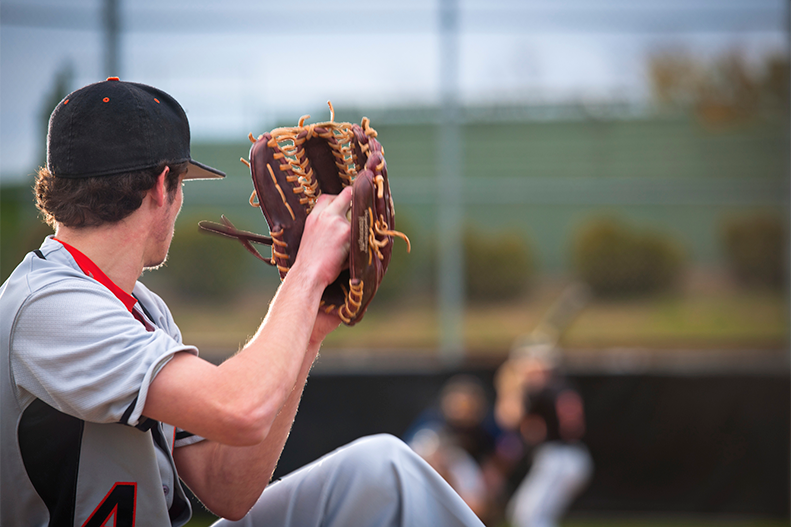The warmer weather and fresh cut grass signal the return of baseball for players of all skill levels. But with its return comes an increase in the number of arm, elbow, and shoulder injuries. While most of these ailments are simple sprains that will resolve with rest or strengthening, some can be more disabling. According to Mark Baratz, MD, of Orthopaedic Specialists—UPMC, below are two of the more common injuries.
Osteochondritis Dissicans
Due to increased stress on the upper body and repeated delivery, pitchers tend to be more prone to arm injuries than position players. In particular, pitchers between the ages of 8 and 16 are at a greater risk of developing a condition called osteochondritis dissicans. This condition is typically marked by pain on the outside of the elbow, loss of extension or range of motion, and even a locking or catching sensation.
Little League Elbow
Athletes in the same age group are also at risk of developing Little League elbow. This is generally characterized as pain and irritation on the inside of the elbow, which for young athletes is still growing and expanding. However, athletes of any age may develop pain on the inside of their elbow, along with numbness in the ring and small fingers. This may be due to a pinched ulnar nerve, which runs behind the small bump on the inside of the elbow.
If an athlete experiences considerable pain and a noticeable popping sensation while throwing, it may be a sign of a torn medial collateral ligament. This can be a rather serious injury that will require further medical attention, and in some cases surgical reconstruction.
Preventing Arm Injuries
Careful conditioning, proper mechanics, and gradual return-to-play from any previous injuries are the best ways to avoid further setbacks. To help prevent arm injuries from occurring in the first place, youth baseball players should:
- Warm up properly before throwing.
- Take part in preseason and in-season strength and conditioning programs.
- Avoid year-round playing to give the body a chance to rest and recover. Playing different sports helps ensure that the same muscles aren’t used all the time.
- Use proper mechanics when throwing. Focus on using the whole body rather than just the arm.
Treatment of Baseball Arm Injuries
If an injury does occur, seek medical attention immediately. A thorough examination by an orthopaedic surgeon with experience in treating throwing injuries is recommended. For an improved chance of long-term recovery and successful return to the diamond, early detection and treatment are vital.
For more information or to schedule an appointment with Orthopaedic Specialists — UPMC, please call 1-877-471-0935.
